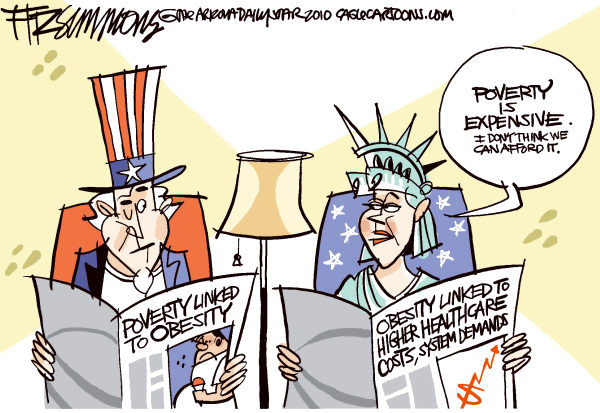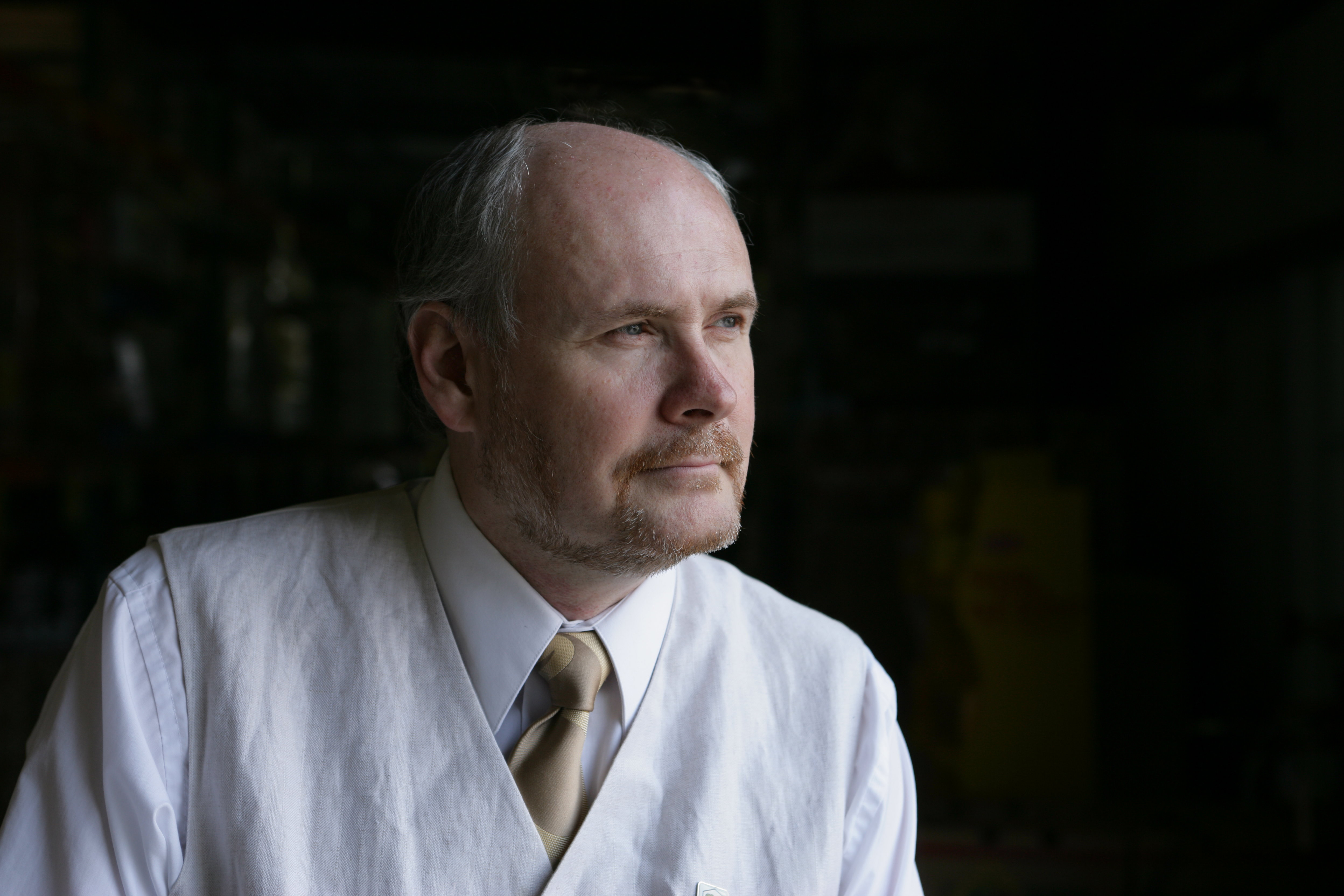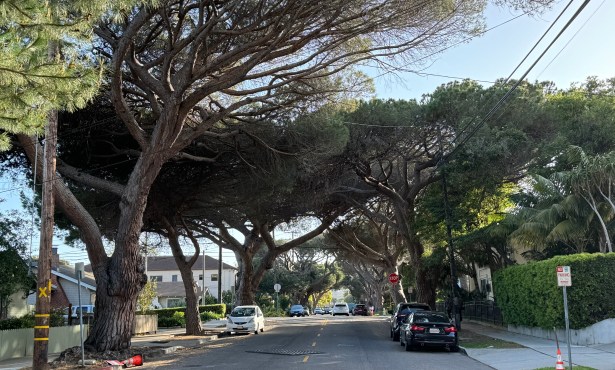Food Literacy
Bringing Families Back to the Table

The Foodbank is grateful each year at Thanksgiving time when so many people turn their thoughts and support to those who would otherwise go hungry this holiday season. I want to challenge readers to join us in thinking beyond this, to those who struggle with food insecurity year-round, and to the future of health in our community.
There is a term used in food-system circles which is: “The Santa Barbara Syndrome,” which at first I thought might be the euphoric state that overtakes someone who lives in such a beautiful place; but apparently it refers to our agricultural situation where 99% of all the produce we grow is shipped out of the county, and virtually everything we eat is trucked in from elsewhere.

We are in the top 1% of American counties for agricultural production. Yet most of the people who live here are not benefiting from this incredible healthy bounty.
Of the 58 counties in our state, only 14 have more food insecurity than ours. Food insecurity is when people have trouble affording food, especially at certain times of the month because of rent, medical bills, etc. This whole situation has gotten far, far worse in the last few years because of the recession. As an organization, we at the Foodbank have sometimes been nearly overwhelmed by the food needs of the community. We have a lot of people facing hunger here – hungry kids, hungry families. In apparent contradiction to that – though it’s not really – Santa Barbara County’s obesity rate is in the top 20 percent.
Thanks to wonderful community support, Foodbank has been able to provide more and better quality food. Last year we distributed 11 million pounds of food locally, of which half was fresh produce; much of this produce we purchase around the state, and then offer free to our member agencies. Through our programs and those of our over 300 local member agencies and programs, we are providing food for an incredible one in four people in Santa Barbara County. Last year that translated into over 8.5 million meals.
I’m reminded of JFK’s remark about how the Chinese use two brush strokes to write the word ‘crisis.’ One brush stroke stands for danger; the other for opportunity. In a crisis, be aware of the danger–but recognize the opportunity. What if the large numbers of people we are serving could represent an opportunity, not just a calamity?
A major focus for the Foodbank now is not only to feed children, but to help them become what we call “food literate.” Imagine living in today’s world unable to read or write. It’s the same with food illiteracy: Our health is at the mercy of fast or processed food. We struggle in a sea of empty calories.
So many of the parents in our county can’t cook or won’t cook. The grandparents remember how, but mom and dad say they are too busy or stressed, so they end up loading up on convenience.
However, food literacy, gives people far more power over their own health. It makes so much possible. We all need someone to show us the way with food and health. For me, it was my father. He was a U.S. naval officer who spent much of his career serving on submarines. That’s where he learned how to cook. They all had to become experts at making a culinary purse out of a sow’s ear. (Although, come to think of it, sow’s ear was probably on the menu at some point). He taught me. I taught my son who is up in college in San Francisco, and I’m sure that as we speak he is augmenting his ramen noodles with a selection of local produce. Not only do food literate people learn from their families, but they continue throughout their lives to enjoy selecting, cooking, eating, and learning about food.
Over the last three years, we at Foodbank have developed, tested, and begun to implement an initiative called Feed the Future that brings members of the community together to show each other the way – an inter-linked series of food distribution, education, and empowerment programs for children beginning when they are in the womb and ending with high school graduation. National-award-winning programs like this are designed to foster nutritional confidence and independence through good times and tough times.
We believe that another phrase will gain currency in the not-too-distant future: “The Santa Barbara Solution.” A solution where we produce the food we need, and then encourage and empower a new generation of Santa Barbarans to cherish what we grow here, and take pleasure in eating it.
So, this Thanksgiving, let’s give thanks for the abundant fresh produce, the potential food security it gives Santa Barbara County; and for the will and knowledge and collective enthusiasm we have to help each other lead healthy lives powered by good nutrition.
You can contact Erik Talkin at etalkin@foodbanksbc.org or support or get involved with the Foodbank at foodbanksbc.org.



